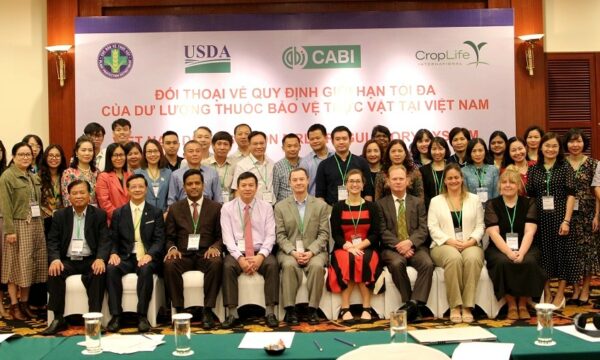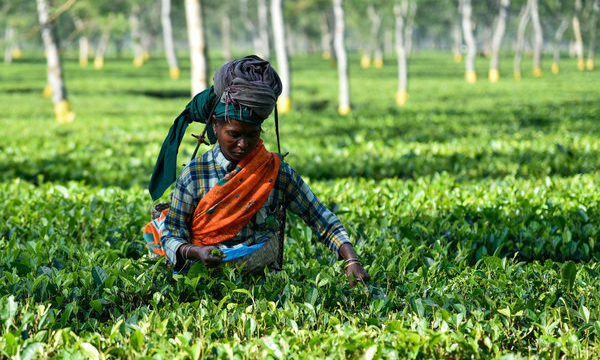Following the recent outbreak of E. coli food poisoning in Germany that claimed at least 37 lives as of 14 June 2011 and still counting, numerous articles have been written, but many fundamental questions still remain unanswered.
As you will remember, contaminated Spanish cucumbers were initially blamed for the outbreak of E. coli infection, which prompted the Spanish government and farmers to vehemently deny this claim (justifiably, as it turned out) and demand compensation.
As soon as “the Spanish cucumber story” was shown to be a false alarm, tomatoes, salad and vegetable sprouts (of German origin) were declared as potential culprits. It is unclear why other vegetables, such as peppers, courgettes, mushroom, to list but a few, were kept off the list of suspects, particularly because all the laboratory tests performed so far have been inconclusive.
As time goes by, it is less likely that the source(s) of this outbreak will be identified any time soon. However, even if a contaminated vegetable (or various vegetables) is identified and successfully linked with this outbreak of E. coli in humans, identifying the pathway of contamination may prove more difficult.
While looking for potential sources of vegetable contamination with pathogenic microorganisms, I searched CAB Direct database and came across a very interesting review published 20 years ago by German Professor Strauch of the Institute of Animal Medicine and Hygiene, University of Hohenheim, which explains how pathogens may contaminate food crops. He warned about the potential of pathogenic organisms to cross from manure or sewage into food crops and suggested that “the agricultural utilization of hygienically dubious sewage or sludge poses a risk for the whole national economy.”
In his 1991 review “Survival of pathogenic microorganisms and parasites in excreta, manure and sewage sludge” (Rev Sci Tech. 1991 Sep;10(3):813-46), Strauch also reported that two groups of researchers had found that pathogenic organisms can be taken up by crops that are used in human and animal nutrition.
Once pathogenic microorganisms are incorporated into crops (including vegetables), washing the outside of fresh vegetables is of little benefit, because all the pathogens from the sludge (bacteria, viruses and parasites) are inside the plant.
Related News & Blogs
CABI’s GRASP Fellowship awardee working in partnership to help increase food safety in Uganda’s urban markets
Dr Monica Kansiime, who was awarded a Gender Responsive Agriculture Systems Policy (GRASP) Fellowship aimed at improving policy process in agri-food systems, is working in partnership to help increase food safety in Uganda’s urban fresh fruits and vege…
30 January 2024



